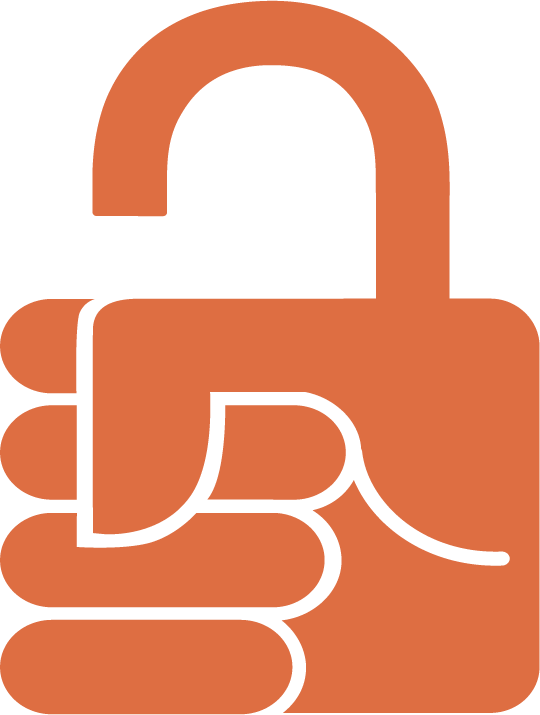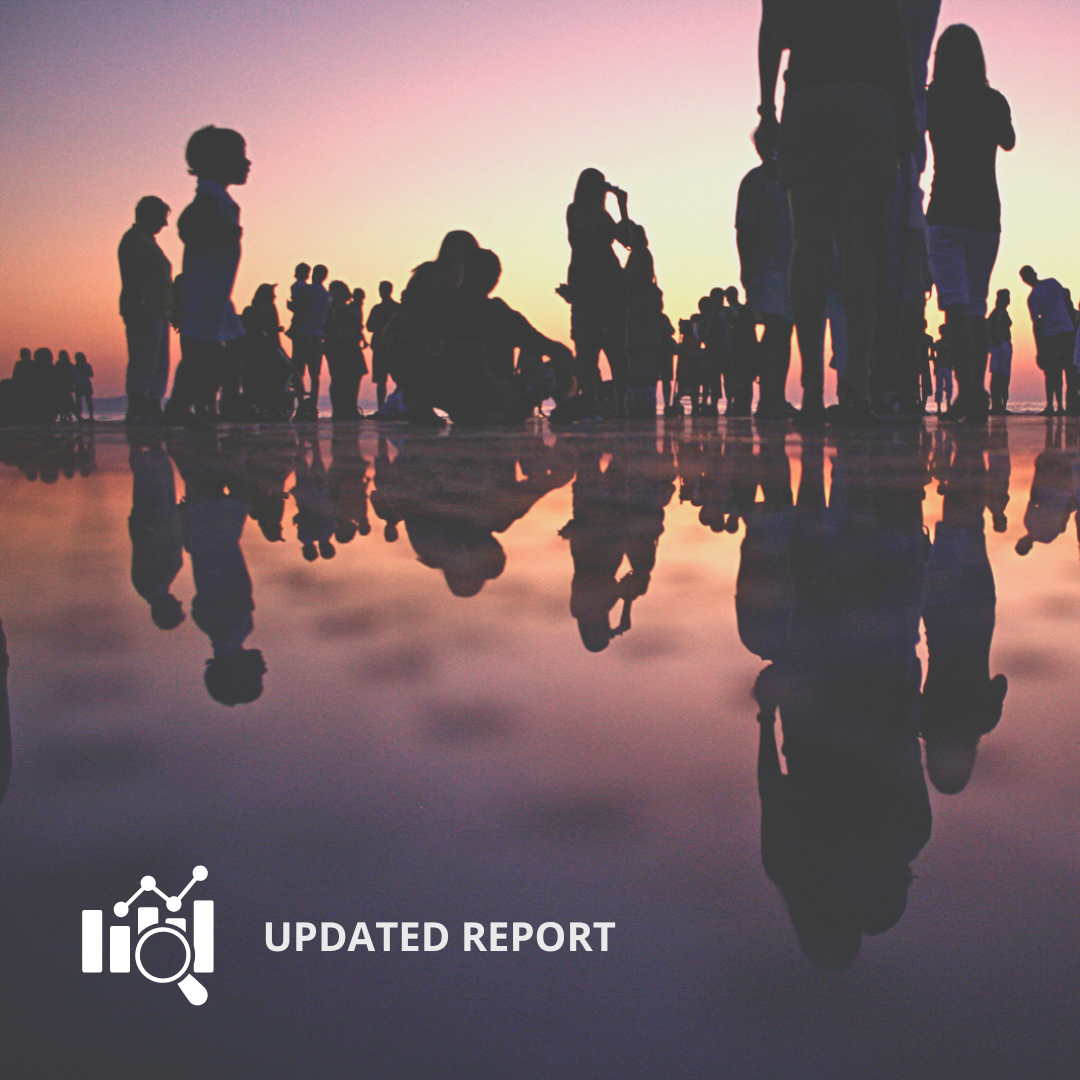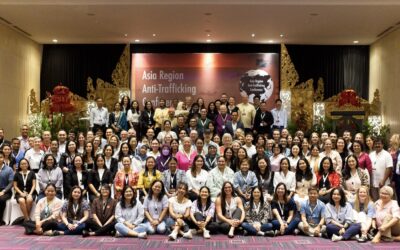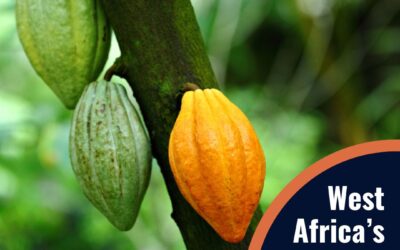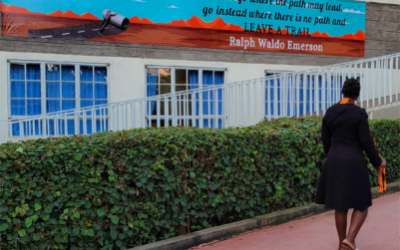We are excited to announce the launch of the updated version of Free the Slaves’ research report on migrant smuggling and human trafficking. This expanded report delves deeper into why migrants from the Horn of Africa resort to irregular routes.
Expanded Discussion on Irregular Migration Routes
The expanded version of the report delves deeper into why migrants from the Horn of Africa often resort to irregular routes to reach their intended destinations across the Gulf of Aden.
Key factors include:
- Lack of Valid Identity and Travel Documents: Many migrants do not possess passports or other essential documentation required for legal travel.
- Insufficient Documentation for Legal Border Crossing: The absence of work visas or other necessary papers from the destination countries forces migrants to seek alternative, often illegal, pathways.
- Inadequate Information: Migrants frequently lack sufficient knowledge about available migration options and the associated risks.
- Limited Knowledge of Legal Migration Pathways: A lack of awareness about how to migrate legally often leads migrants to rely on smugglers.
Detailed Conceptualization of Vulnerability to Trafficking
The new report also introduces a more detailed conceptual framework for understanding vulnerability to trafficking. It defines vulnerability as the susceptibility to harm resulting from the interplay of various risk and protective factors at multiple levels:
- Individual Level: Personal circumstances and attributes that increase risk.
- Household Level: Family dynamics and economic conditions that contribute to vulnerability.
- Community Level: Local social, economic, and cultural factors.
- Structural Level: Broader systemic issues such as political instability, conflict, and lack of legal protections.
Building on this framework, the report addresses critical questions:
- What factors determine the vulnerability of irregular migrants along the migration corridor from the Horn of Africa to the Arab Gulf?
- What dynamics of human trafficking are observed along the Eastern Route?
- How do smuggling and trafficking networks operate and cooperate along this route?
Enhanced Visual Representation
The updated report has significantly expanded the evidence on the intersection between illegal migration and human trafficking, particularly focusing on three distinct legs of the migratory journey: the transition through Djibouti and Somalia, the transition through Yemen, and the arrival in the Gulf monarchies.
In addition to detailed narratives, the report now includes updated visual representations that accurately and accessibly capture the dynamics of exploitation. These visuals illustrate how illegal migrants from the Horn of Africa become vulnerable to human trafficking along their journeys eastward. They also detail the forms of trafficking these migrants are most commonly subjected to and the risk factors at both the individual and systemic levels that exacerbate their vulnerability.
These graphics provide a clear and comprehensive visual representation, making the complex information more understandable and engaging for readers.
Updated Recommendations
The recommendations have been expanded to reflect our improved understanding of the topic.
For a detailed understanding of these findings and more, read the full updated report: Illegal Migration to Human Trafficking, Updated July 2024.
Importance of the Research and Intended Impact
There is an urgent need to address the multiple conditions that drive migration from the Horn of Africa to the Gulf Monarchies. The journey from the Horn of Africa through Yemen and onwards to the Gulf monarchies accounts for 40% of all migratory movements worldwide and has seen a constant increase over the past few years.
The main driver is economic need, with migrants seeking better opportunities in the rich Gulf monarchies. Other drivers include climate change, natural hazards, violence, conflict, and food and water insecurity. Many migrants resort to irregular channels due to limited legal options and administrative challenges, making them vulnerable to exploitation by smugglers and human traffickers.
During their journey, migrants face various forms of trafficking, including sex trafficking, forced labor, domestic servitude, and forced begging. These risks are present at different stages of their journey, from transiting through Djibouti and Somalia, through Yemen, to arriving in the Gulf monarchies.
Given the significant challenges and risks faced by these migrants, it is crucial to address the underlying conditions driving migration. Countries of origin must invest in development initiatives, healthcare, education, and infrastructure. Transit and destination countries should strengthen anti-trafficking measures, improve border control, and offer more regular migration options. The international community must also pay greater attention to the Eastern Route and support efforts to protect migrants.
Read more about our comprehensive research and findings in the updated report: Illegal Migration to Human Trafficking, Updated July 2024
*The initial release of this report was in November of 2023.
